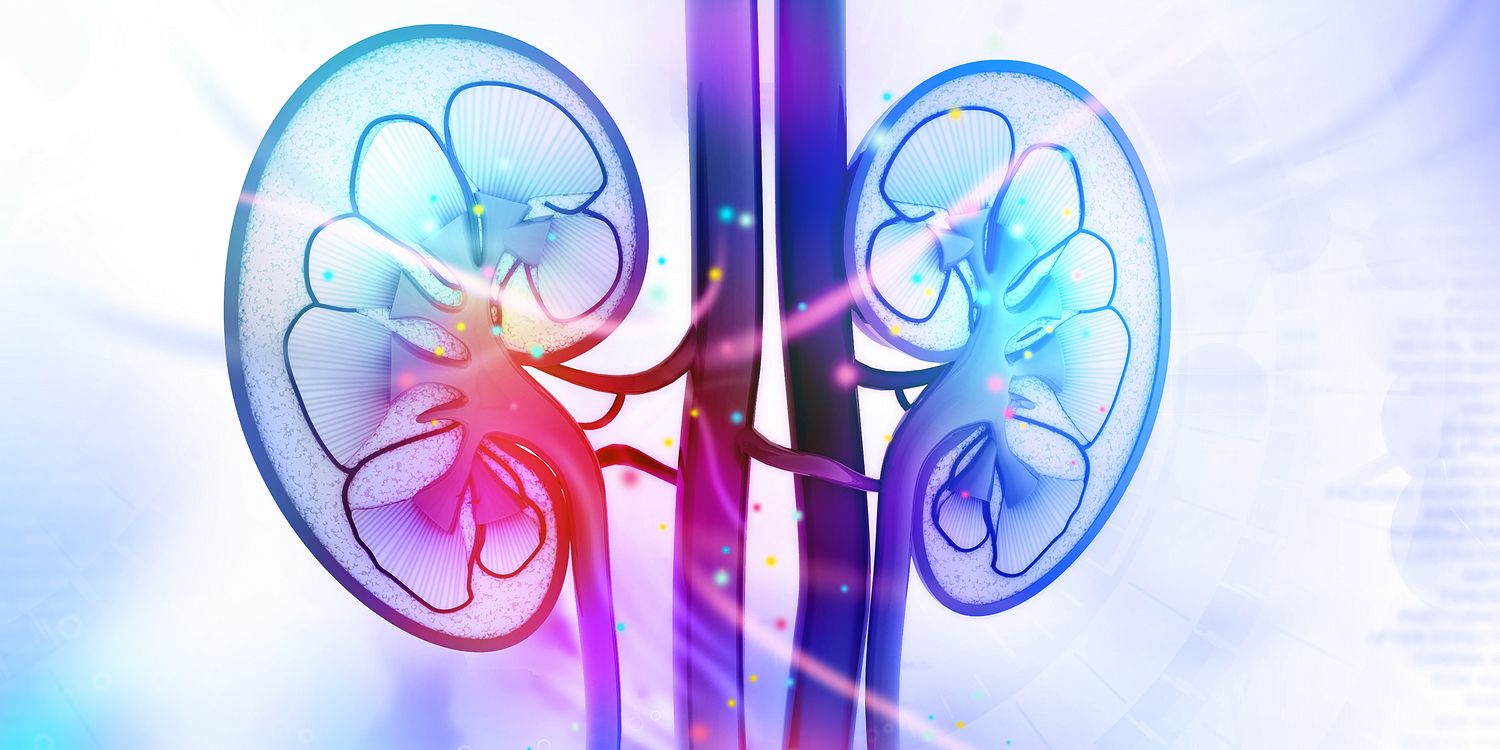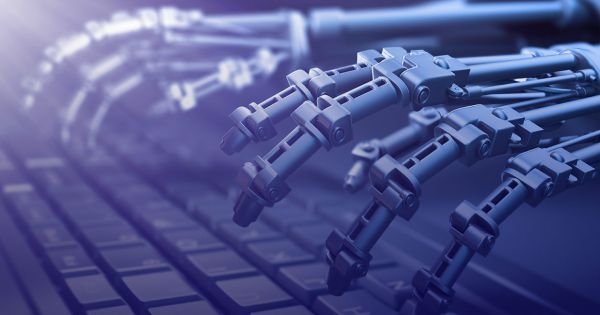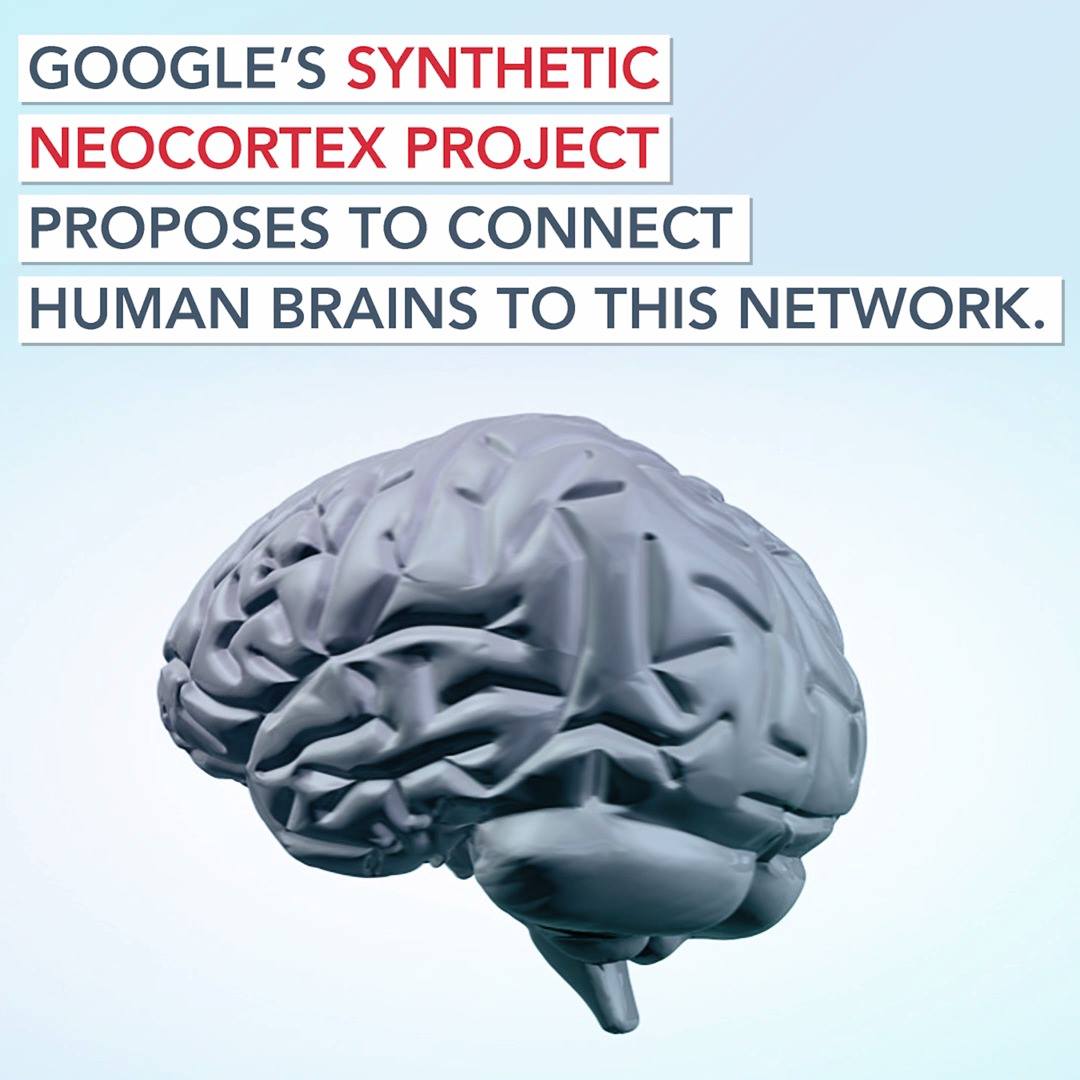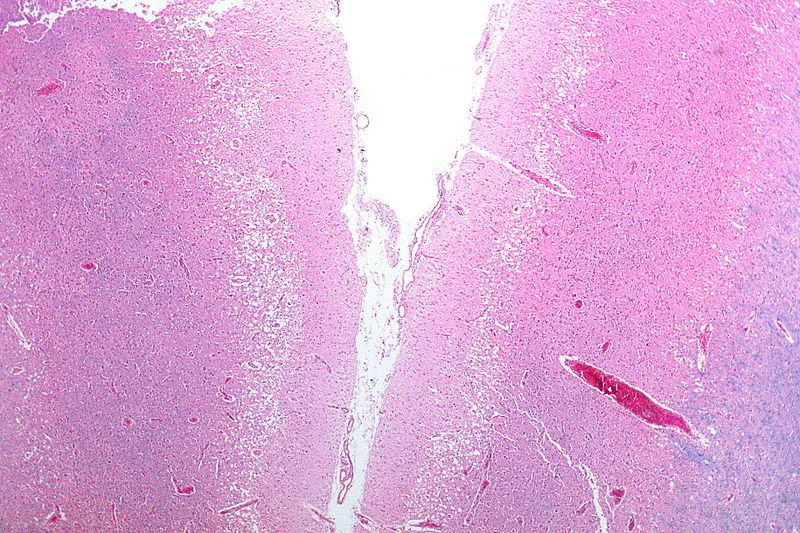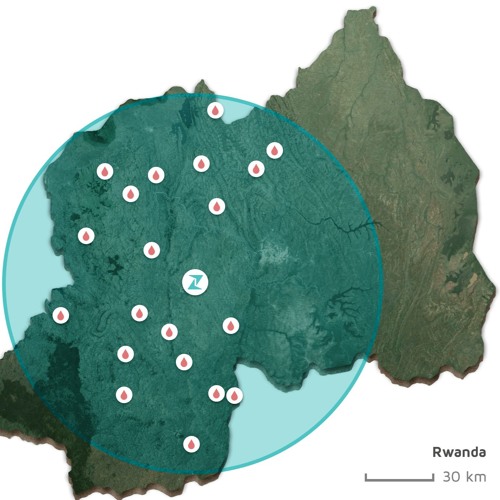Nov 28, 2016
Future schools could test a student’s DNA to predict their success
Posted by Carse Peel in categories: biotech/medical, education, genetics, neuroscience
Our DNA encodes a complex biological blueprint for our lives.
Every toenail, artery, and brain cell we grow is meticulously planned and executed through our DNA’s unfathomably complex genetic instructions.
Recent genetics research has focused on how DNA may affect a person’s education, a field known as ‘educational genomics’.
Continue reading “Future schools could test a student’s DNA to predict their success” »



